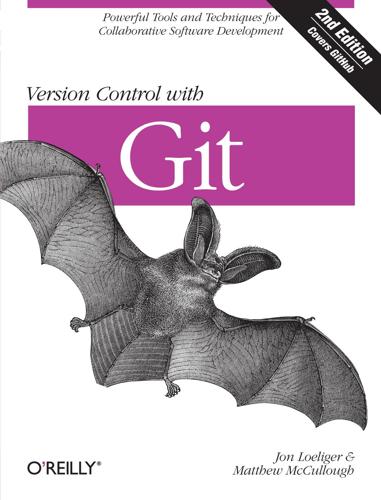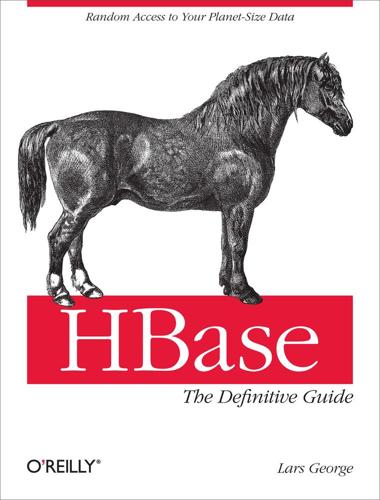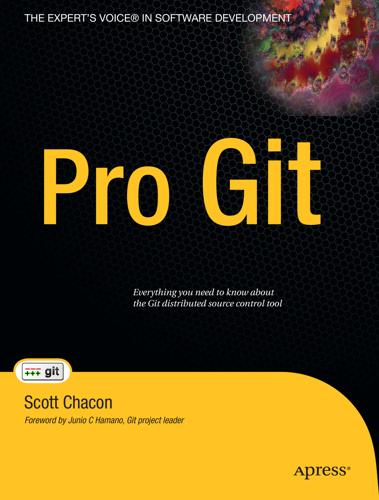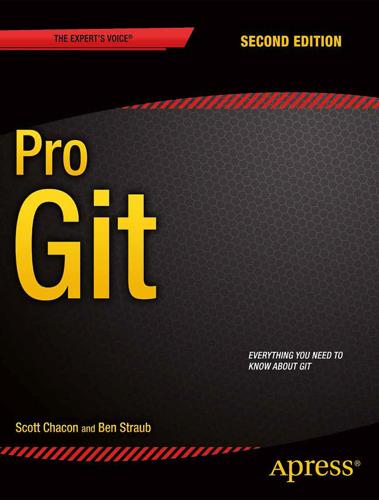
Django Book
by
Matt Behrens
Published 24 Jan 2015
Installing the “master” Version The latest and greatest Django development version is referred to as master, and it’s available from Django’s git repository. You should consider installing this version if you want to work on the bleeding edge, or if you want to contribute code to Django itself. Git is a free, open source distributed revision-control system, and the Django team uses it to manage changes to the Django codebase. You can use a Git client to grab the very latest Django source code and, at any given time, you can update your local version of the Django code, known as your local checkout, to get the latest changes and improvements made by Django developers.

Version Control With Git: Powerful Tools and Techniques for Collaborative Software Development
by
Jon Loeliger
and
Matthew McCullough
Published 14 Aug 2012
In order to support the sheer volume of update operations that would be made on the Linux kernel alone, he knew that both individual update operations and network transfer operations would have to be very fast. To save space and thus transfer time, compression and “delta” techniques would be needed. Using a distributed model instead of a centralized model also ensured that network latency would not hinder daily development. Maintain Integrity and Trust Because Git is a distributed revision control system, it is vital to obtain absolute assurance that data integrity is maintained and is not somehow being altered. How do you know the data hasn’t been altered in transition from one developer to the next? Or from one repository to the next? Or, for that matter, that the data in a Git repository is even what it purports to be?

ZeroMQ
by
Pieter Hintjens
Published 12 Mar 2013
Ultimately, we’re economic creatures, and the sense that “we own this, and our work can never be used against us” makes it much easier for people to invest in an open source project like ØMQ. And it can’t be just a feeling, it has to be real. There are a number of aspects to making collective ownership work; we’ll see these one by one as we go through C4. Preliminaries The project SHALL use the Git distributed revision control system. Git has its faults. Its command-line API is horribly inconsistent, and it has a complex, messy internal model that it shoves in your face at the slightest provocation. But despite doing its best to make its users feel stupid, Git does its job really, really well. More pragmatically, I’ve found that if you stay away from certain areas (branches!)

HBase: The Definitive Guide
by
Lars George
Published 29 Aug 2011
Building the code requires a few auxiliary command-line tools: Java HBase is written in Java, so you do need to have Java set up for it to work. Java has the details on how this affects the installation. For the examples, you also need Java on the workstation you are using to run them. Git The repository is hosted by GitHub, an online service that supports Git—a distributed revision control system, created originally for the Linux kernel development.[3] There are many binary packages that can be used on all major operating systems to install the Git command-line tools required. Alternatively, you can download a static snapshot of the entire archive using the GitHub download link.

Real World Haskell
by
Bryan O'Sullivan
,
John Goerzen
,
Donald Stewart
and
Donald Bruce Stewart
Published 2 Dec 2008
Haskell in Industry and Open Source Here are just a few examples of large software systems that have been created in Haskell. Some of these are open source, while others are proprietary products: ASIC and FPGA design software (Lava, products from Bluespec, Inc.) Music composition software (Haskore) Compilers and compiler-related tools (most notably GHC) Distributed revision control (Darcs) Web middleware (HAppS, products from Galois, Inc.) The following is a sample of some of the companies using Haskell in late 2008, taken from the Haskell wiki: ABN AMRO An international bank. It uses Haskell in investment banking, in order to measure the counterparty risk on portfolios of financial derivatives.

Pro Git
by
Scott Chacon
Published 17 Aug 2009
Last, we’ll go over a few hosted options, if you don’t mind hosting your code on someone else’s server and don’t want to go through the hassle of setting up and maintaining your own server. If you have no interest in running your own server, you can skip to the last section of the chapter to see some options for setting up a hosted account and then move on to the next chapter, where we discuss the various ins and outs of working in a distributed source control environment. A remote repository is generally a bare repository — a Git repository that has no working directory. Because the repository is only used as a collaboration point, there is no reason to have a snapshot checked out on disk; it’s just the Git data. In the simplest terms, a bare repository is the contents of your project’s .git directory and nothing else.

Pro Git
by
Scott Chacon
and
Ben Straub
Published 12 Nov 2014
Last, we’ll go over a few hosted options, if you don’t mind hosting your code on someone else’s server and don’t want to go through the hassle of setting up and maintaining your own server. If you have no interest in running your own server, you can skip to the last section of the chapter to see some options for setting up a hosted account and then move on to the next chapter, where we discuss the various ins and outs of working in a distributed source control environment. A remote repository is generally a bare repository – a Git repository that has no working directory. Because the repository is only used as a collaboration point, there is no reason to have a snapshot checked out on disk; it’s just the Git data. In the simplest terms, a bare repository is the contents of your project’s .git directory and nothing else.

Python for Unix and Linux System Administration
by
Noah Gift
and
Jeremy M. Jones
Published 29 Jun 2009
There is an excellent wiki at http://ipython.scipy.org/moin. And, as part of the wiki, there is a cookbook at http://ipython.scipy.org/moin/Cookbook. So, you can read or contribute to any of these resources as you wish. Another area that you can contribute to is the development of IPython. IPython development recently switched to a distributed source control system, so you can just branch their code and start hacking. And if you do something that could benefit others, you can submit your changes to them. Celebrity Profile: IPython: Fernando Perez Fernando Perez received his Ph.D. in physics and then worked on numerical algorithm development at the Applied Mathematics Department of the University of Colorado.